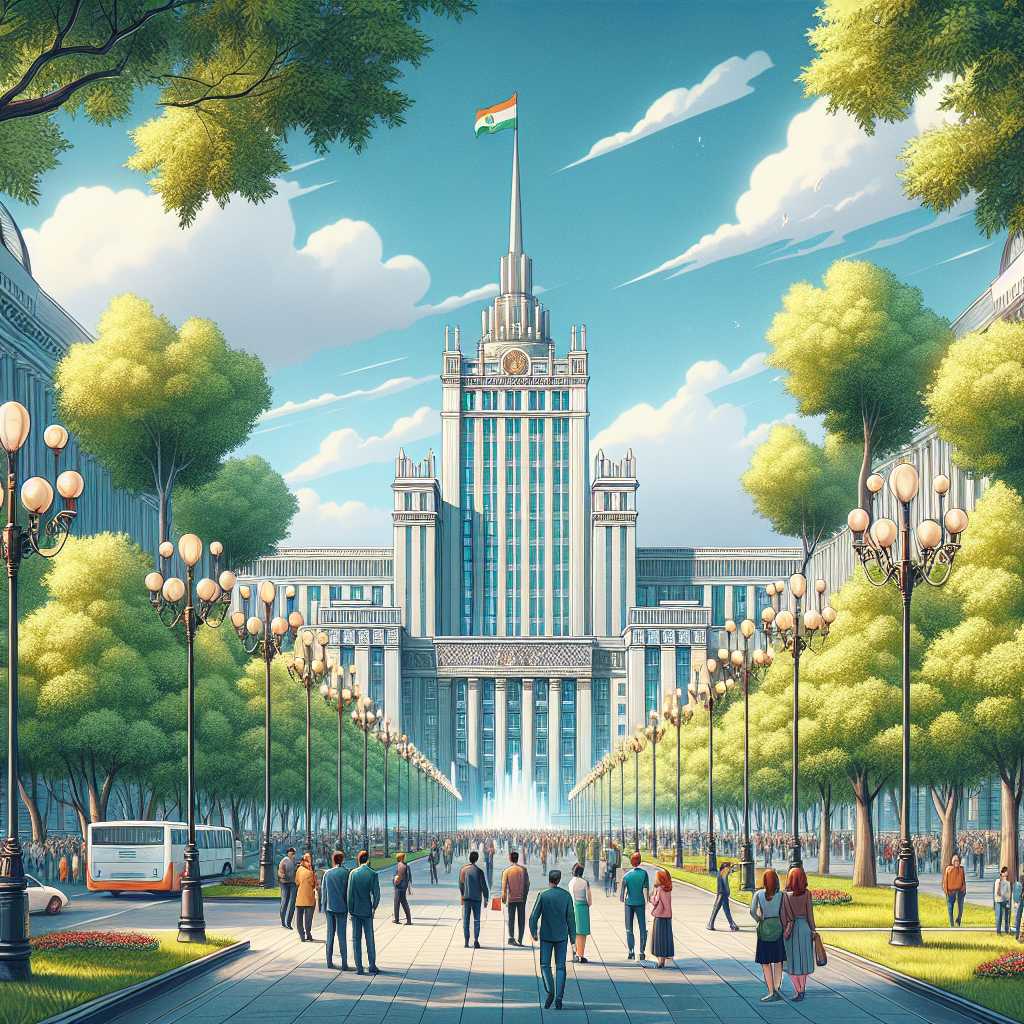## Exploring Washington DC: The Heart of American Governance ###
Washington, D.C., the capital city of the United States, is a place of great political significance and rich history. Its well-planned streets and imposing architecture make it a powerful symbol of American governance and democracy. This article explores the history, significance, neighborhoods, culture, and main attractions of this pivotal city.
History of Washington DC
The establishment of Washington, D. C. arose from a need for a national capital situated in neutral territory. Prior to its creation, several cities including New York and Philadelphia had served temporarily as the nation’s capital. The Residence Act of 1790 authorized President George Washington to select a location along the Potomac River for the country’s new seat of government; thus, leading to the city’s birth.
Named after George Washington and designed by French engineer Pierre Charles L’Enfant, the city features wide boulevards radiated from rectangles, providing vistas of significant buildings and green spaces designed for public use. Major landmarks such as the U.S. Capitol Building, the White House, and many others were built over decades and have stood as testament to the city’s continually evolving political importance.
Political Significance
Washington D.C. is not just the political hub of the United States but is also a symbolic center for democracy worldwide. Home to all three branches of the U.S. Federal Government—Legislative (Congress), Executive (Presidential Administration), and Judicial (Supreme Court)—the city is where major decisions affecting both domestic and international policy are made.
One notable characteristic of D.C.’s political significance is that even though residents pay taxes, they have no voting representation in Congress. Yet, it’s also a stage for American civic engagement where people from across the country converge to advocate on various issues through protests, rallies, and marches.
Neighborhoods and Culture
The cultural tapestry of Washington, D.C., is woven from vibrant neighborhoods each with its character and communities. Historic Georgetown with its cobblestone streets offers high-end shopping and dining experiences. The Capitol Hill area is both politically charge with its proximity to Congress and residentially quaint with townhouses lining leafy streets.
The city’s demographic is predominantly African American with a significant influence on the cultural life in neighborhoods like Shaw and U Street which are known for their link to Jazz music and African American heritage. The addition of diverse immigrant communities adds layers to D.C.’s cultural tapestry including substantial Salvadoran and Ethiopian populations.
Moreover, Washington, D.C., hosts numerous festivals celebrating its diverse communities and cultural influence with events like the National Cherry Blossom Festival attracting millions globally.
Main Attractions
The National Mall is the undisputed centerpiece of Washington, D.C., stretching from the Lincoln Memorial to the U.S. Capitol Building. Here lie symbolic monuments like the Vietnam Veterans Memorial, Korean War Veterans Memorial, and the recent Martin Luther King Jr. Memorial.
Besides memorials dedicated to past leaders like Thomas Jefferson and Franklin Roosevelt, D.C. boasts a plethora of museums including those within the Smithsonian Institution which offer free entry. Among these are the Air & Space Museum, National Museum of American History, and National Museum of African American History & Culture.
Education and Science
Washington D.S isn’t known just for politics; it’s also a stronghold in education with prestigious universities such as Georgetown University – one of the oldest Catholic universities in America – and Howard University – among the nation’s most prominent historically black universities.
Moreover, renowned research institutions call this city home including the National Institutes of Health in nearby Bethesda, Maryland, perpetuating global scientific advances often in collaboration with agencies within D.C.
Economy
Although predominantly seen as a government city, Washington’s economy thrives beyond federal jobs with trade associations, law firms, lobbying firms, and independent contractors aligning around governmental functions yet offering career opportunities across various sectors.
The thriving tourism sector plays an outsized role due to historical landmarks garnering substantial revenue for businesses in hospitality and retail. Additionally, more recent growth in tech startups indicates diversification beyond entrenched industries.
Notes
Image description: A bustling view along Pennsylvania Avenue with sightseers admiring landmarks such as the Capitol building in clear view under a bright blue sky. Small U.S. flags flutter amidst green trees that line paths cutting across manicured lawns on the National Mall.

